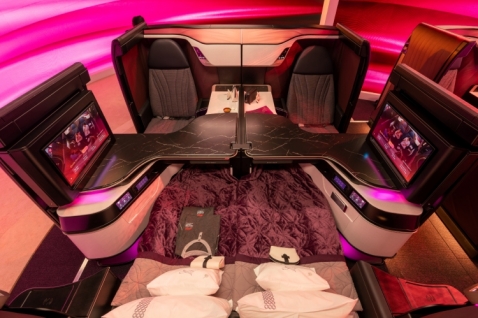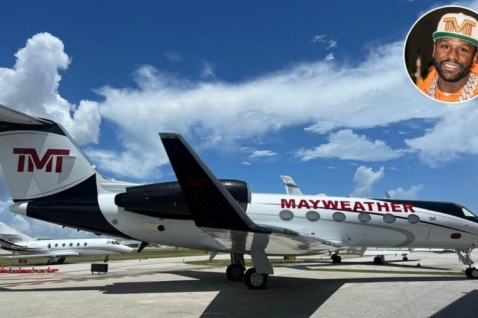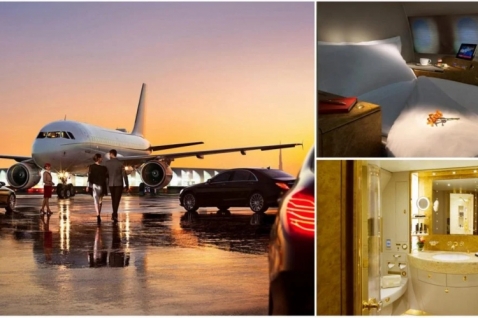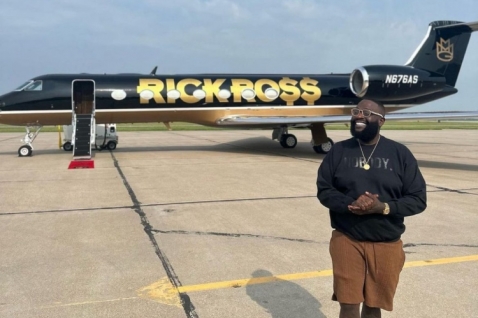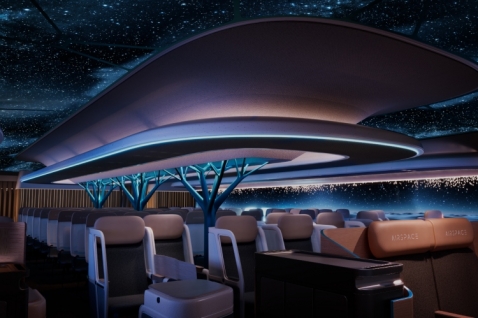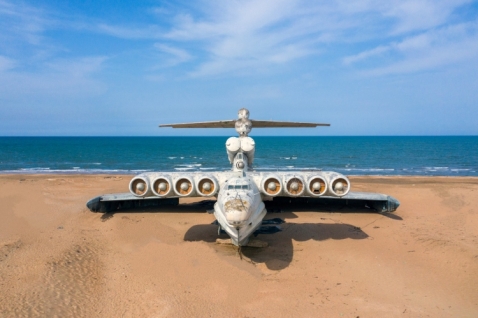
Since Concord retired in 2004, the aviation industry and its fans have been eagerly awaiting the return of supersonic commercial aircraft.
Several companies are working hard to make that dream come true, including Virgin Galactic. They presented the first set of design renderings of a commercial aircraft that can fly at speeds higher than Mach 3 (3,700 km / h). However, the new generation of planes is making a quantum leap towards hypersonic flights that will be significantly faster than supersonic ones and be able to reach the edge of space.
And while it took Concord less than three hours to cover the distance from London to New York, hypersonic planes will be able to do the same in 60 minutes or less. The British airline, Reaction Engines, is developing a special engine that will turn hypersonic aviation into a part of our reality.
A hypersonic engine called SABER (Synergetic Air-Breathing Rocket Engine) uses a combination of hydrogen and oxygen as its fuel. According to the claims, the engine can develop a top speed of Mach 5.4 (6,450 Km / h) within the Earth's atmosphere, while it can reach up to five times the speed of Mach 25 (30,500 Km / h) in space.
The Rolls Royce Aviation division is one of the larger entities that supported Reaction Engines, so they also increased their investment in this company a few months ago. The biggest obstacle in the development of such planes at the moment is cooling. Traveling at hypersonic speeds produces too much heat, which can eventually melt the components - the Reaction Engines hypersonic engine uses small tubes of supercooled helium to deal with the problem.
As we find out, the company started test flights last year, but faced problems and delays due to the corona virus pandemic. However, if everything goes according to plan, we will be able to see the first hypersonic commercial planes by 2030.


